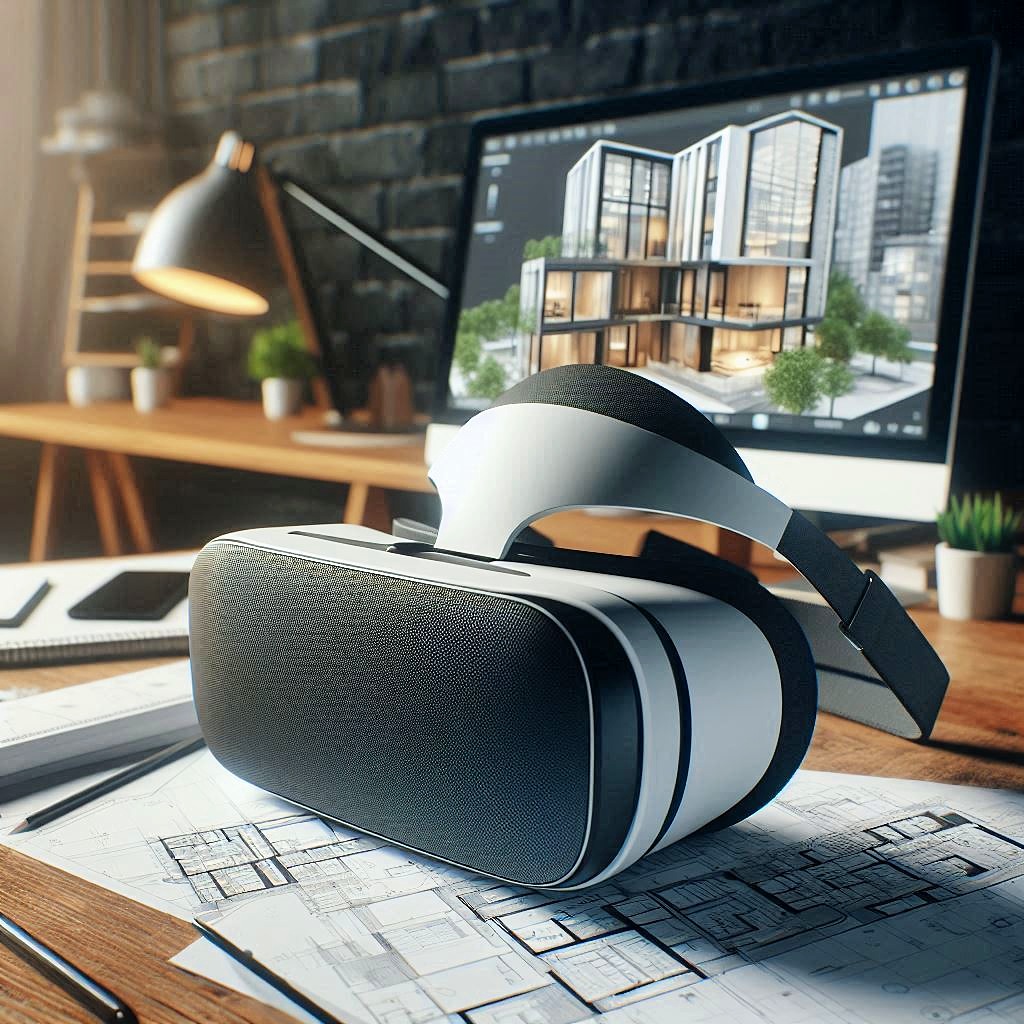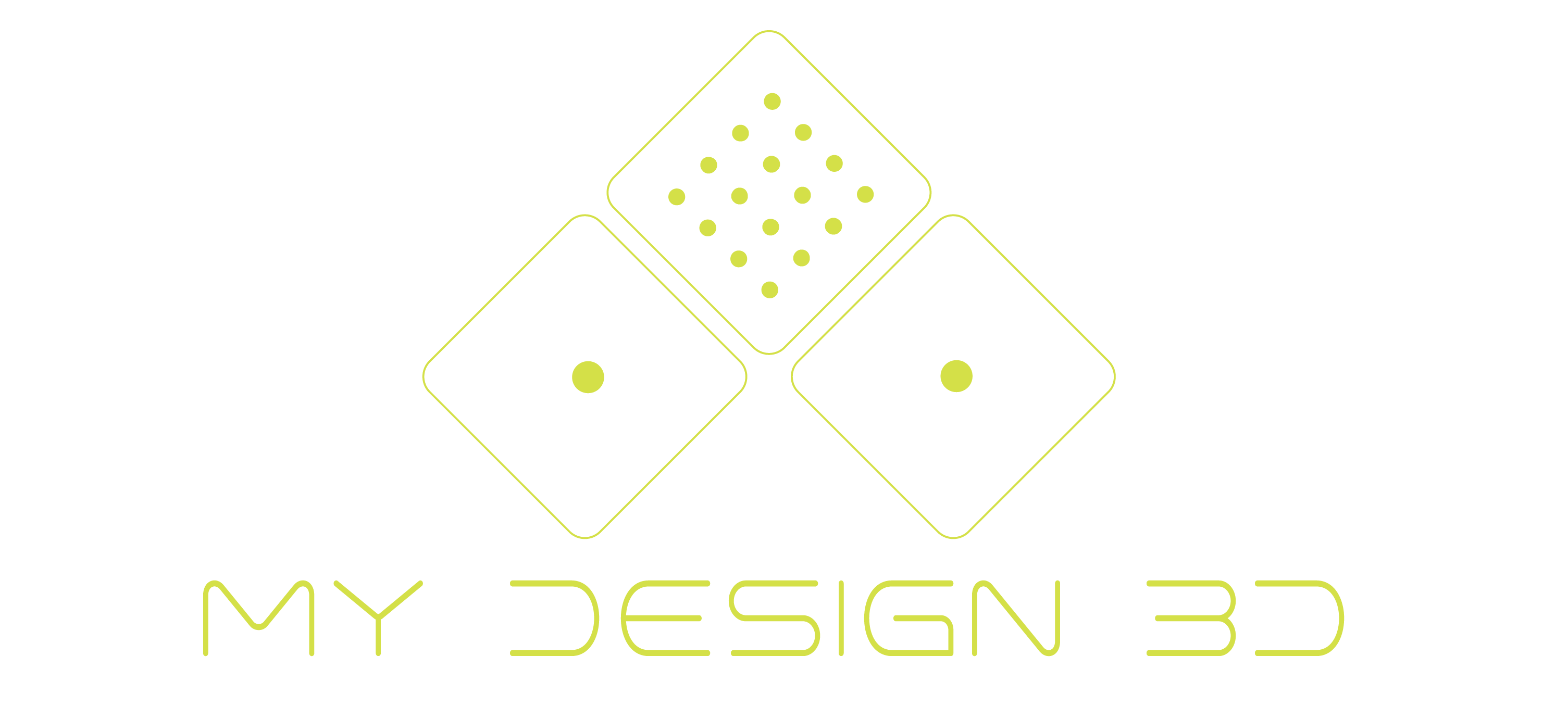
The architectural industry has always been at the forefront of innovation, embracing tools and technologies that push the boundaries of creativity and functionality. Among these advancements, 3D rendering and animation have evolved into indispensable assets, reshaping how architects design, communicate, and collaborate. As we look to the future, emerging trends in architectural visualization are set to redefine the industry even further. This article explores these trends and their implications for architects, designers, and clients.
1. Real-Time Rendering and Virtual Reality (VR)
A New Dimension in Design Exploration
Real-time rendering has revolutionized the design process by enabling architects to visualize changes instantly. Software like Unreal Engine and Twinmotion empowers professionals to explore materials, lighting, and layouts interactively. Clients, too, can participate in the design journey, experiencing projects in a fully immersive environment.
Virtual Reality (VR) takes this experience a step further, allowing users to “walk through” their future spaces. By donning VR headsets, clients can explore every corner of a building, gaining a realistic sense of scale, proportion, and ambiance. This level of immersion not only enhances decision-making but also fosters a deeper emotional connection to the design.
2. Artificial Intelligence in Architectural Visualization
Efficiency and Precision Redefined
Artificial Intelligence (AI) is playing a growing role in architectural visualization, streamlining workflows and enhancing accuracy. AI-powered tools can automate repetitive tasks like generating photorealistic lighting and textures, freeing architects to focus on creative decision-making. Predictive modeling and data analysis further enable designers to simulate real-world scenarios, from energy efficiency to structural performance.
AI also enhances collaboration, enabling cloud-based platforms where teams can share, edit, and visualize projects in real-time. These innovations ensure that architectural projects are not only visually stunning but also grounded in practicality and sustainability.
3. Sustainability Through Simulation
Designing with the Future in Mind
Sustainable architecture is no longer optional—it is essential. 3D rendering and animation are key tools in designing eco-friendly buildings. Architects can simulate environmental factors such as sunlight, wind flow, and energy usage, optimizing designs for maximum efficiency. These visualizations help stakeholders understand the tangible benefits of green design, driving investment in sustainable projects.
For urban planners, 3D models of smart cities demonstrate how infrastructure, transportation, and public spaces can coexist harmoniously with nature. By visualizing these elements in context, architects can advocate for more responsible and forward-thinking development.
4. Collaborative Design on a Global Scale
Breaking Geographic Barriers
The digital nature of architectural visualization has made global collaboration more accessible than ever. Architects, engineers, and clients can now work together seamlessly, regardless of location. Cloud-based platforms enable real-time sharing and editing of 3D models, ensuring that everyone involved has a clear understanding of the project’s progress.
This connectivity is especially beneficial for large-scale developments and international projects, where coordination among diverse teams is critical. By leveraging 3D rendering and animation, architects can ensure that their designs are universally understood and appreciated.
5. The Integration of Smart Technologies
Designing for the Digital Age
As smart cities and Internet of Things (IoT) technologies become more prevalent, 3D visualization is adapting to meet new demands. Architects can use these tools to illustrate how smart systems—such as energy management, automated lighting, and connected devices—will function within their designs.
3D animations are particularly effective in demonstrating the dynamic interactions of these systems, making complex concepts accessible to clients and stakeholders. This integration ensures that architecture remains at the cutting edge of technological innovation.
Why Embrace the Future of Architectural Visualization?
The trends shaping architectural visualization are more than just technological advancements; they are transformative shifts that redefine how architecture is conceived and experienced. By adopting these innovations, architects can:
- Enhance communication with clients and stakeholders.
- Deliver sustainable and forward-thinking designs.
- Streamline workflows and reduce project timelines.
- Create immersive and emotionally engaging presentations.
As a professional 3D architectural designer, I am committed to staying at the forefront of these advancements. My expertise in real-time rendering, photorealistic 3D animations, and sustainable design simulations ensures that each project is as innovative as it is impactful.
Conclusion: A Vision of Tomorrow
The future of architectural visualization is bright, fueled by innovations that empower architects to push creative and technological boundaries. From real-time rendering and AI-driven precision to VR immersion and sustainable design, these trends are shaping the next era of architecture.
Whether you are seeking cutting-edge 3D rendering services in California, photorealistic animations for urban planning, or collaborative design solutions for global projects, embracing these trends will elevate your architectural endeavors. Let’s work together to bring your vision into the future.


Leave A Comment